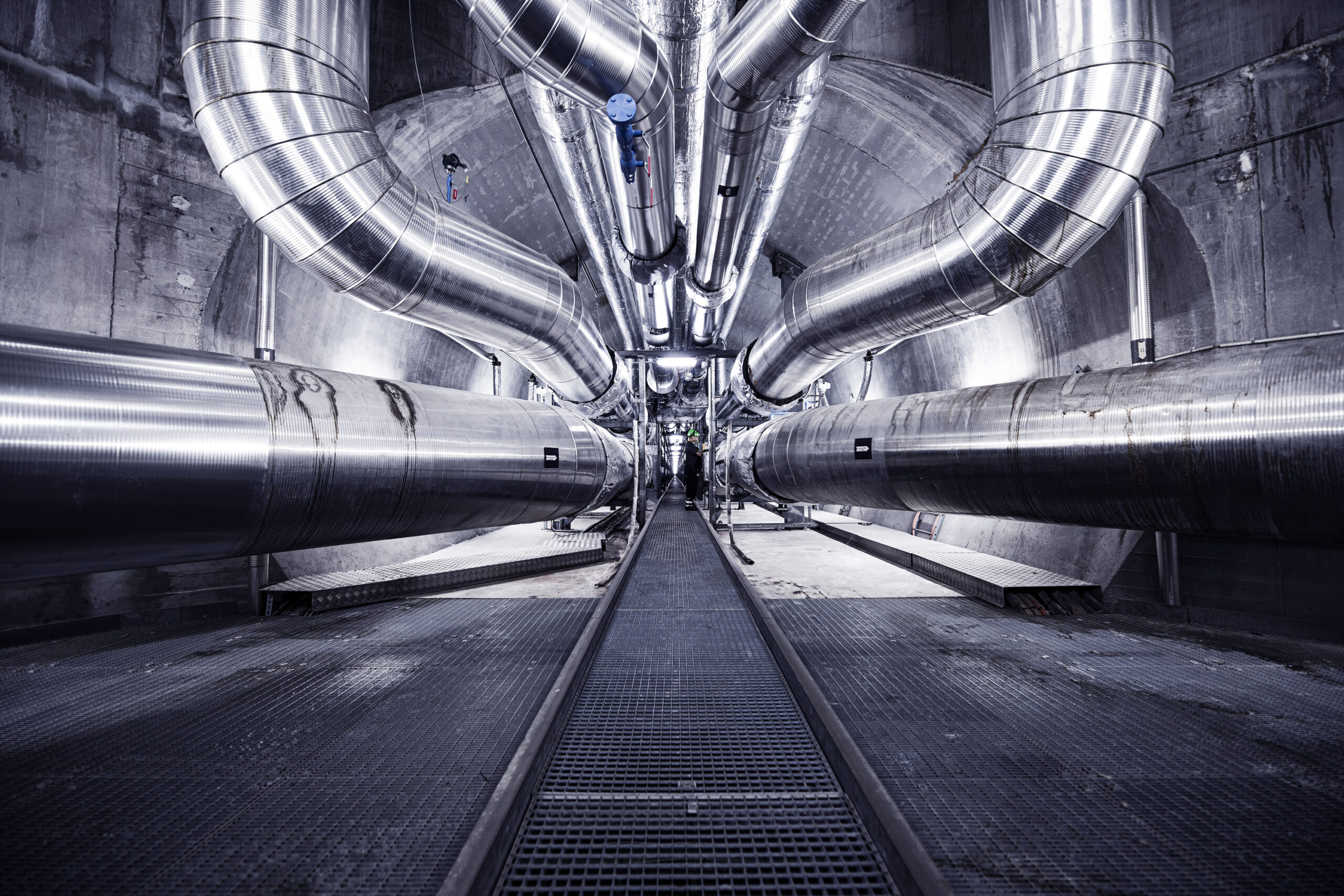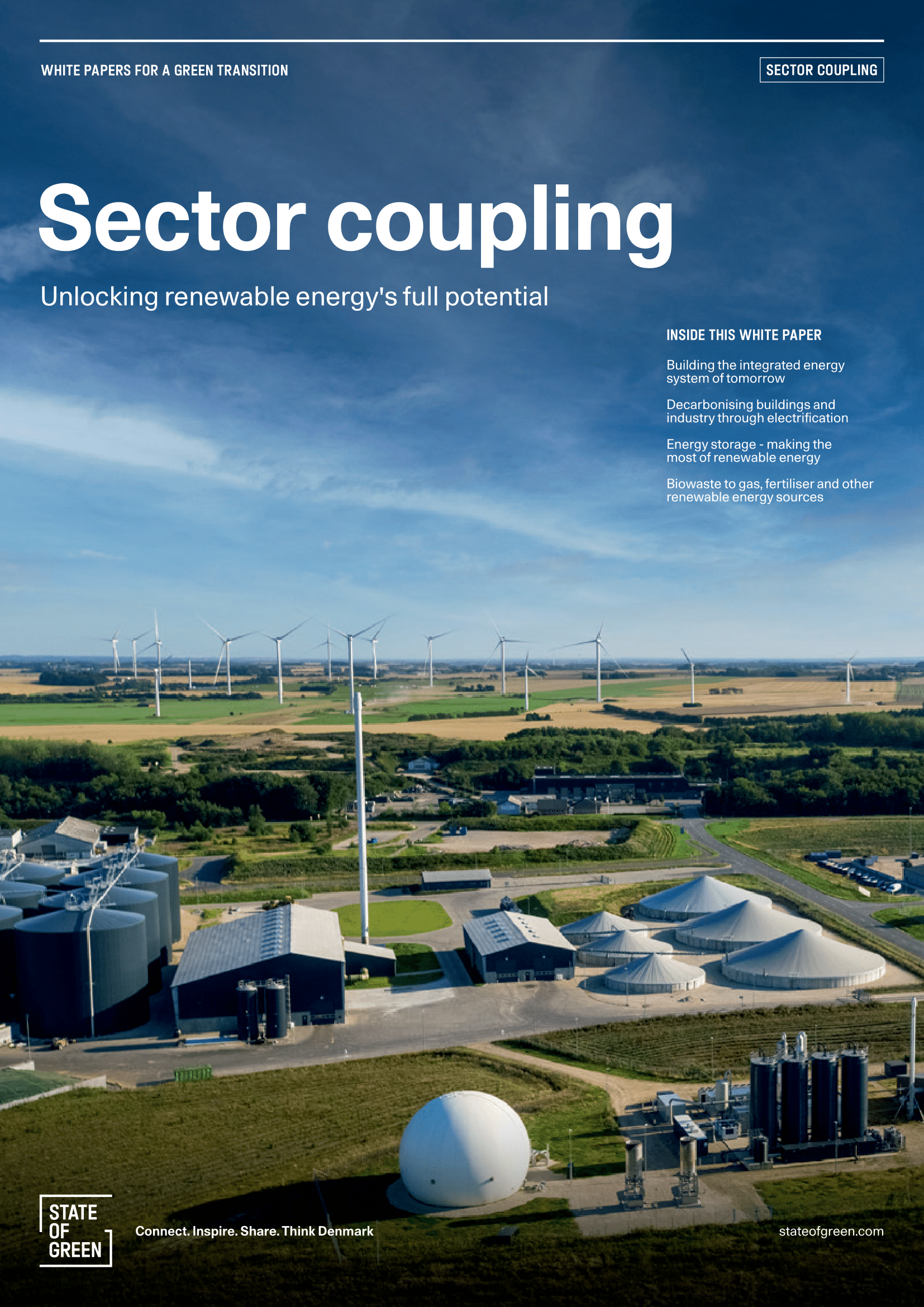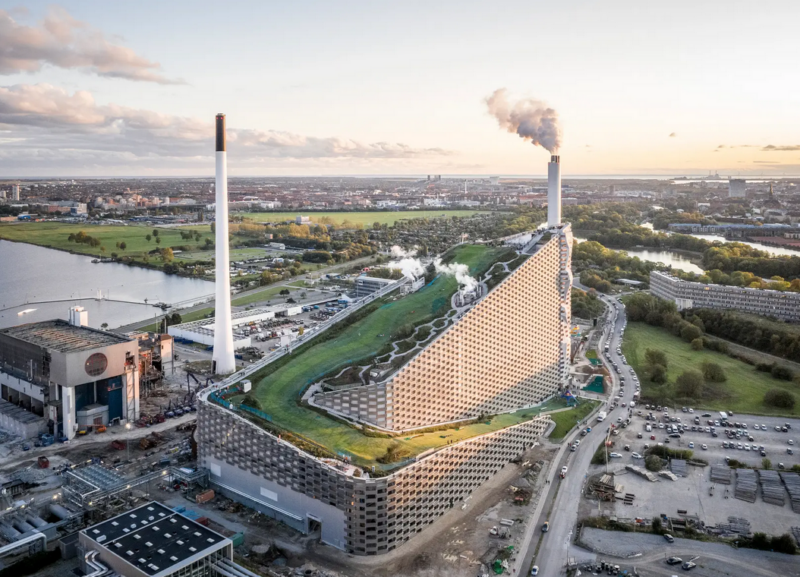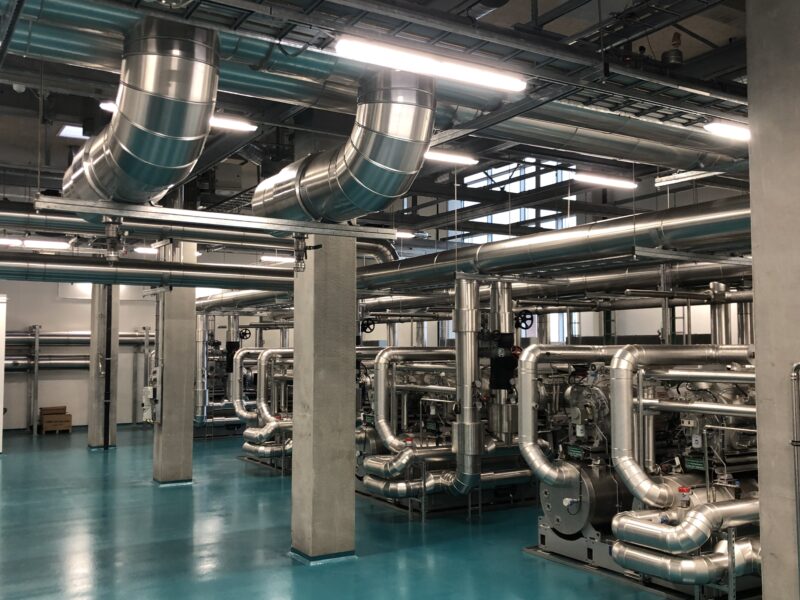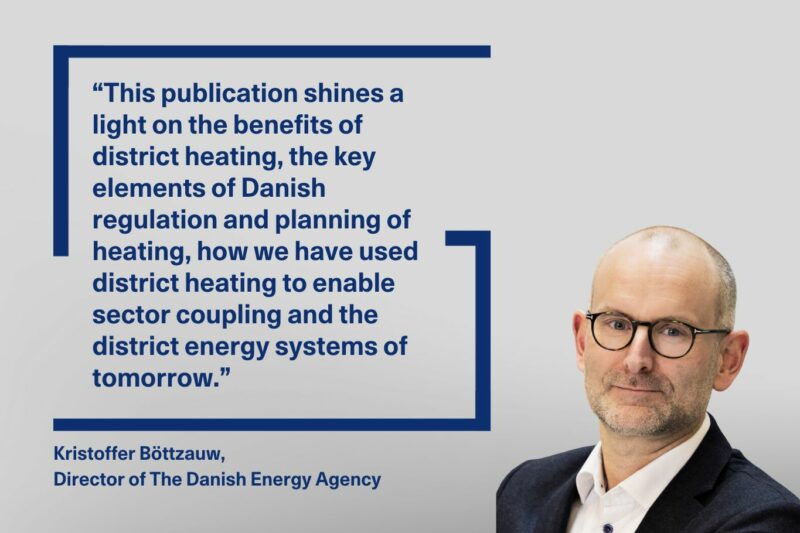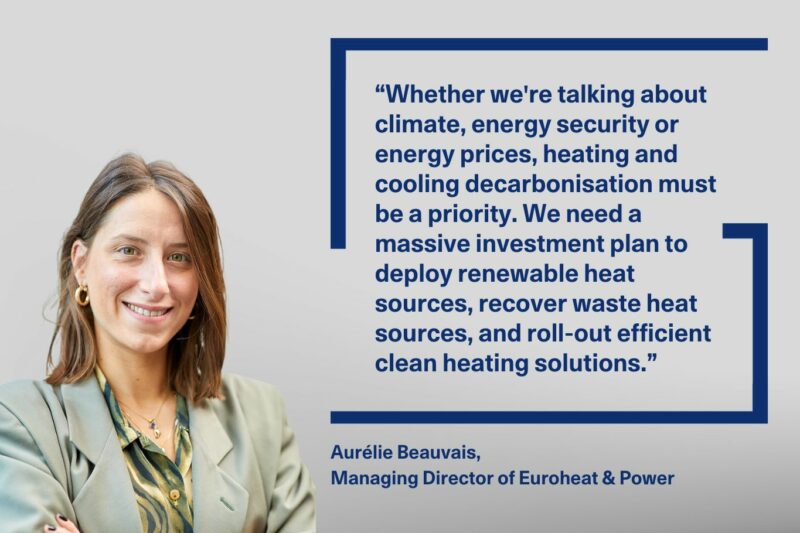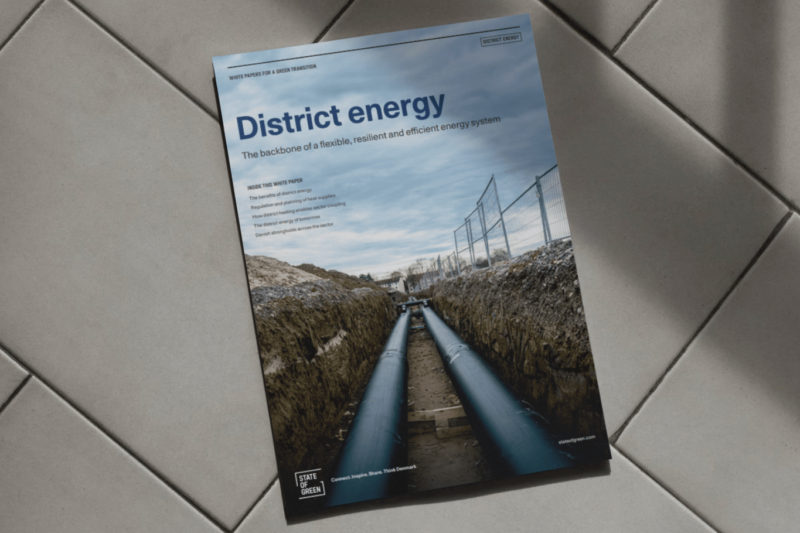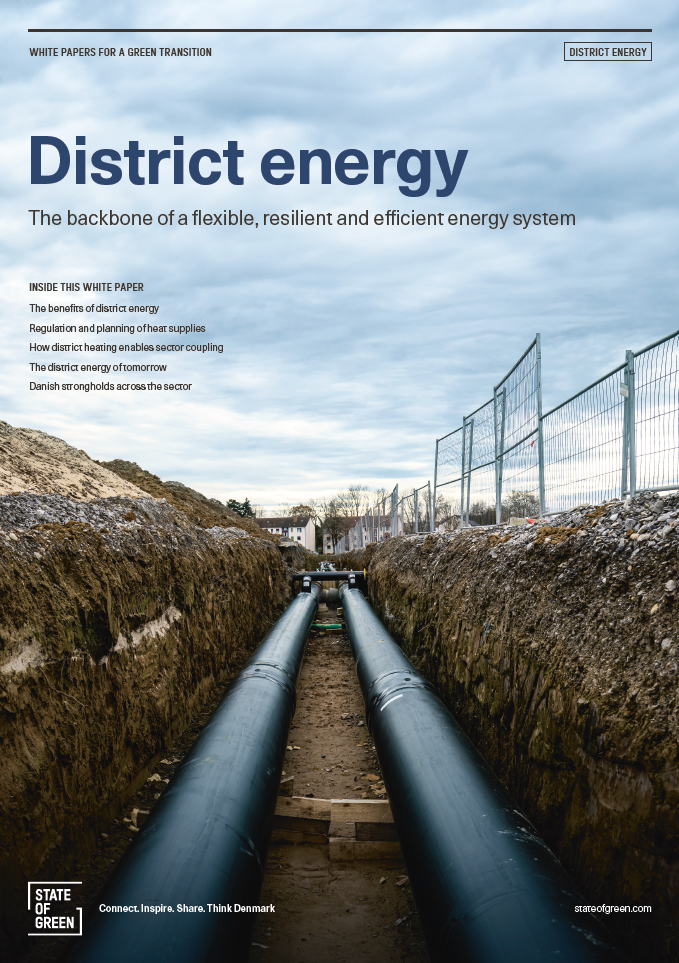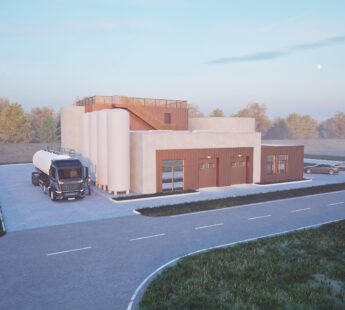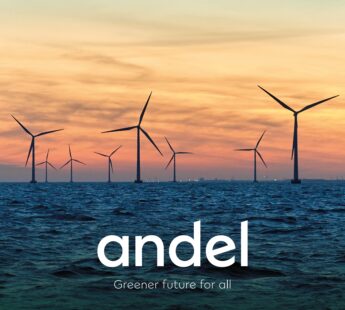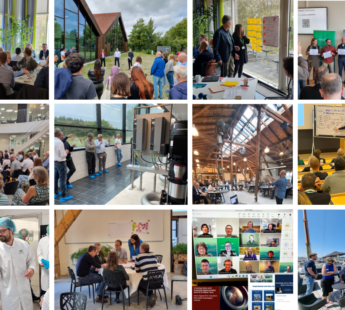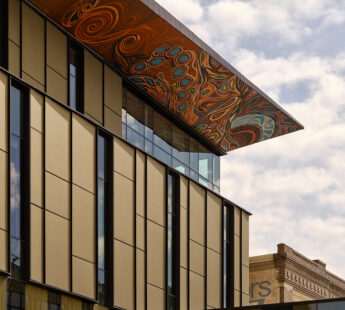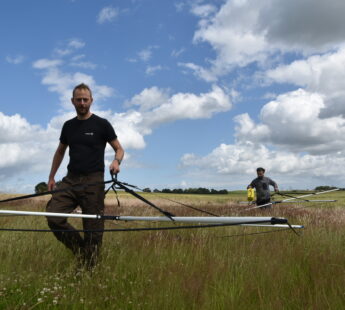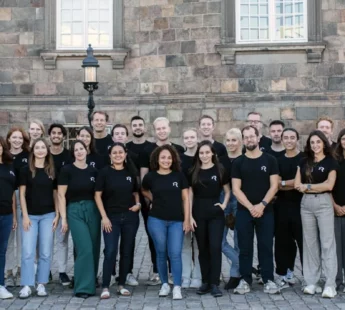Heat planning is an important tool in developing district heating in Denmark. The first Heat Supply Act in Denmark was adopted back in 1979, and through several revisions, it is still being used actively to ensure that new developments in the sector increase consumer benefits.
Decentralised, local heat planning
Municipalities in Denmark are responsible for making their own heat plans, including determining which areas receive district heating and who should invest in other green solutions like individual heating. District heating is not cost-efficient everywhere, and heat planning helps prioritise heating solutions. Municipalities must also approve new district heating projects, including new heating production units and heat supply areas. The approval process compares the socio-economic value of proposed projects with other solutions. The Danish Energy Agency provides a clear framework and guidance to assist municipalities and stakeholders in the heat planning process. It is decentralised but not hands-off.
In 2022, all municipalities were tasked with developing heat plans, including determining which natural gas supply areas should receive district heating due to the international gas crisis. The new district heating areas are expected to be rolled out by 2028. This initiative is an important part of the Danish response to the global energy crisis.
Transitioning to “demand adjusted to supply”
The future Danish power supply will mainly come from large offshore wind farms and solar PV farms. To reduce the remaining carbon footprint in the heating sector, electrification through, for example, large-scale heat pumps in the district heating sector and small heat pumps outside it, will replace the remaining fossil fuels. Since wind and solar power are highly fluctuating, there will be a need for a transition from “supply on demand” to “demand adjusted to supply”. This will require sector coupling and flexibility solutions both in the district heating system and for buildings in relation to the electricity grid. Robust data-driven solutions are being developed for future buildings and for the energy grids to support future sector coupling and flexibility requirements.
Developing next-generation district heating
Denmark’s district heating is developing from third-generation district heating (<100°C) towards fourth-generation low-temperature district heating (<70°C), which is considerably more cost-effective. There are numerous advantages to be achieved from this, such as lower heat loss and the ability to use plastic pipes instead of steel.
Further advantages include utilisation of more excess heat sources from industry, more efficient heat extraction from renewable sources such as geothermal and solar, higher efficiency of heat pumps, greater heat storage capacity, and more electricity generated per unit of recycled heat (IEA, 2021). With the development of low-temperature district heating, Denmark will achieve a greener heating sector, and sector coupling will play an increasing role in the heating supply.
